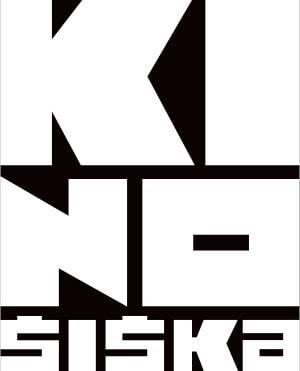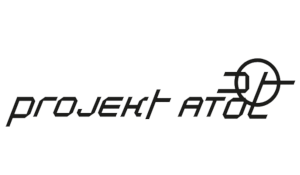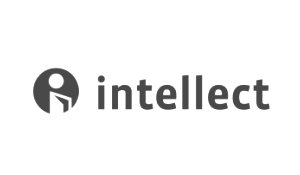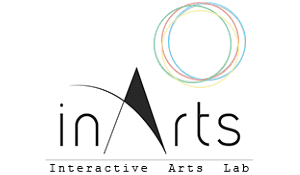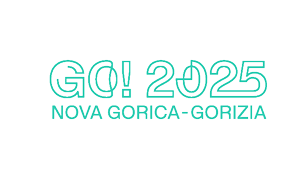This paper examines interactions between animal and human patterns of biomimetics to state that ‘all art is biomimicry’ on the basis of information exchanges. Similarities between biomimicry, Art, and AI are methodologically apparent; advances in AI self-coding computation might be reconsidered alongside artistic interpretations of evolutionary patterns in animals. Purposefully misleading signals, blended with more accurate or comprehensible ones, intertwine the web of mimetics. In these treacherous artistic, adaptive, or coding processes, conjecture states emerge, questioning the precision of signal conception. ‘Apophenia’ is defined as the tendency to perceive a connection or meaningful pattern between unrelated or random things (such as objects or ideas), while ‘pareidolia’ as the “tendency to perceive a specific, often meaningful image in a random or ambiguous visual pattern” (https://www.merriam-webster.com/). ‘Mimiphenia’ is a neologism we propose as a paraphrase of apophenia and pareidolia, terms related to perception. This ‘apparent-ambiguous’ mimicry imposes on viewers and predators a half-aware state, an artistic dilemma. By observing this phenomenon in Ophrys orchids, we propose new hypothetical bee-resembling patterns by applying Turing's morphogenetic formula to a parent orchid using AI. The resulting patterns closely resemble those evolutionarily occurring in nature.
Y. Melanitis’s work initiates from a conceptualization on the strategies of contemporary art. Recent research focuses on the role of information on the arts considering “INFORMATION AS THE NEW CONCEPTUALIZATION. (Latest example is his gene micro-injected into the butterfly named Leda Melanitis for the creation of a transgenic, adult butterfly breed). Yiannis Melanitis holds degrees in painting, sculpture and digital arts from the Athens School of Fine Arts and is presently a PhD candidate at the School of Architecture, (NTUA) with a thesis entitled: Biological Dynamics in Art. Exhibited in Austria, Mexico, Brasil, Belgium, UK, Portugal, Switzerland, US, Scotland, Italy, Portugal, Sweden, Germany, Greece. Latest work presentations include Ars Electronica 2020, MACRO Museum (Rome); at the National Museum of Brasil; Biblioteque of Brasil; Museu D. Diogo de Sousa, Braga, Portugal; the Tongeren Museum and Praetorium, Belgium. As a subject of criticism, his work is included in international editions as "Art Tomorrow" (Ed.L.Smith), Leonardo MIT, Lomonosov Moscow University, by Seung-Chol Shin, Assimi Kaniari, Mario Savini among others.
Back

